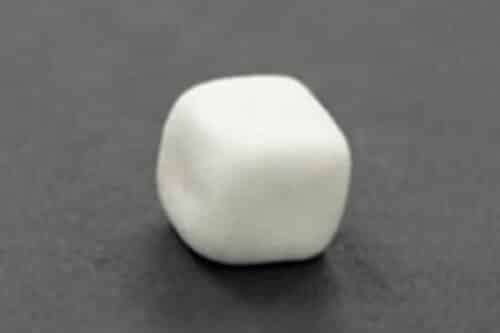The National High Magnetic Field Laboratory research is revolutionising battery technology, promising safer, longer-lasting power for devices from smartphones to electric cars.

You’ve likely felt the frustration of a phone that dies unexpectedly and takes an age to recharge. Or earbuds and laptops that run out of battery at the worst possible moments. You may even have put off buying an electric car due to its limited driving range. These issues stem from limitations in the lithium-ion batteries that fuel our modern devices.
Recent studies at the National High Magnetic Field Laboratory, based at Florida State University, pave the way for superior battery technology.
Researchers aim to shift from the traditional liquid-electrolyte lithium-ion batteries, the cornerstone of our electronics for three decades, to solid-state batteries. These next-generation batteries promise enhanced safety, minimising the risk of fires in cases of damage, short circuits, or overheating. Moreover, solid-state batteries boast greater energy densities and extended lifespans, catering to the demands of future electronics.
Electrolytes play a pivotal role in batteries, mediating between the cathode and the anode. They enable the flow of ions across the electrodes, which is essential for charging the battery when it’s connected to a power source or for powering a device, such as a phone, when in use.
The team delved into the structures and behaviours of a promising electrolyte composed of lithium chloride and gallium fluoride, identifying a method that significantly enhances ion movement in solid electrolytes.
The scientists have examined the gel-like electrolyte’s structure and how it supports ion mobility. Their study revealed that chlorine and fluorine create a phenomenon known as charge clustering, which effectively liberates the lithium ions.
This breakthrough leads to batteries that can charge more quickly and last longer, marking a significant advancement in battery technology.
The researchers are confident that their discoveries will open up new avenues in battery design, particularly in developing solid-state electrolytes that incorporate sodium, calcium, or magnesium. This could result in batteries whose performance surpasses that of current leading technologies.
Reference: Sawankumar V. Patel et al, Charge-clustering induced fast ion conduction in 2LiX-GaF 3 : A strategy for electrolyte design, Science Advances (2023). DOI: 10.1126/sciadv.adj9930






